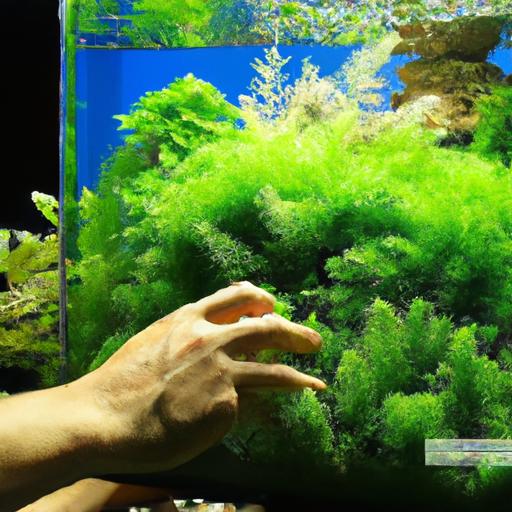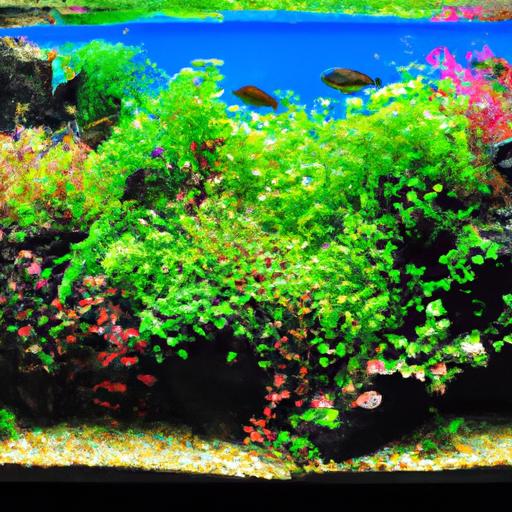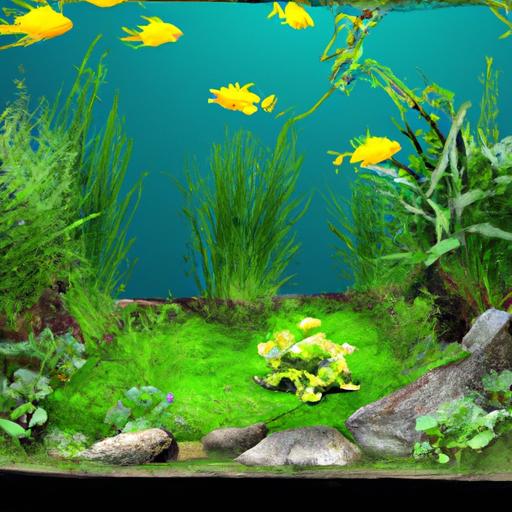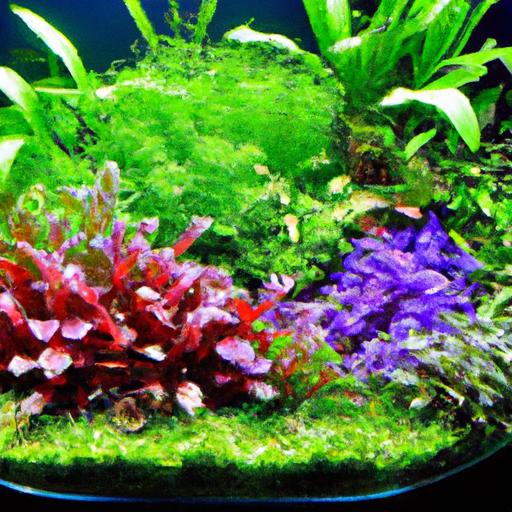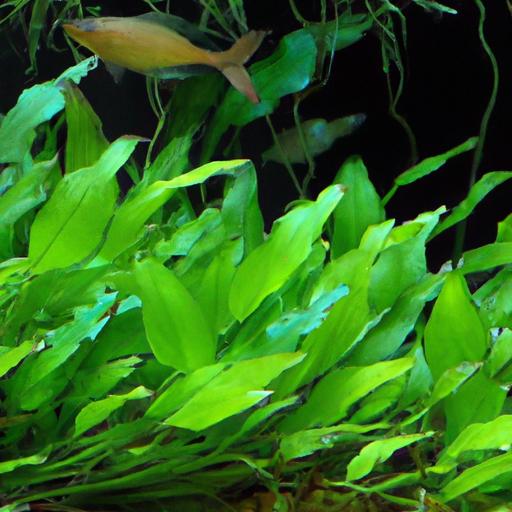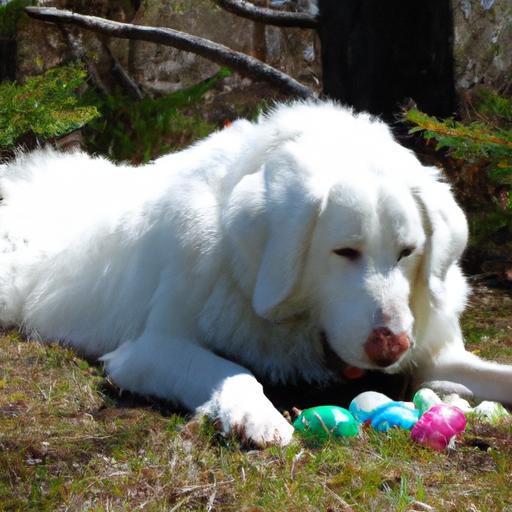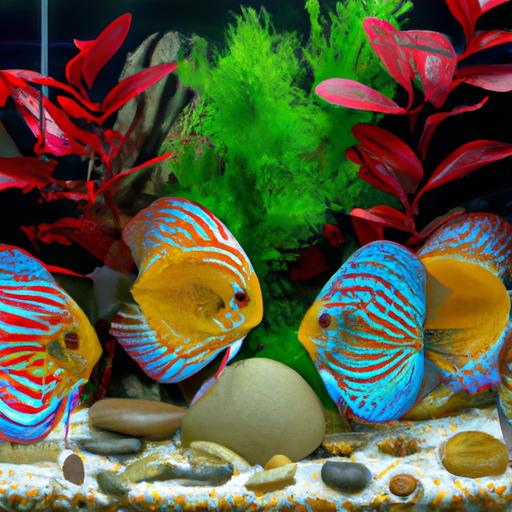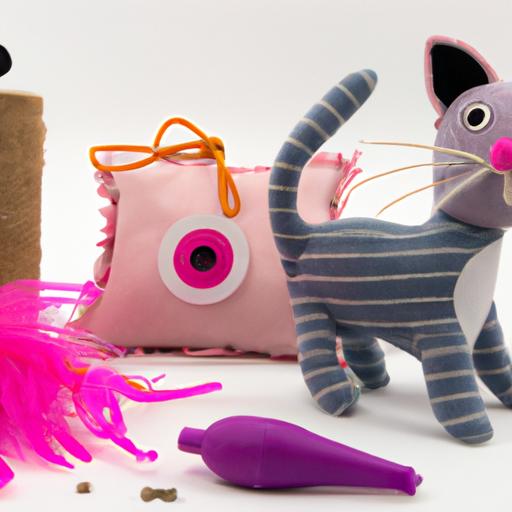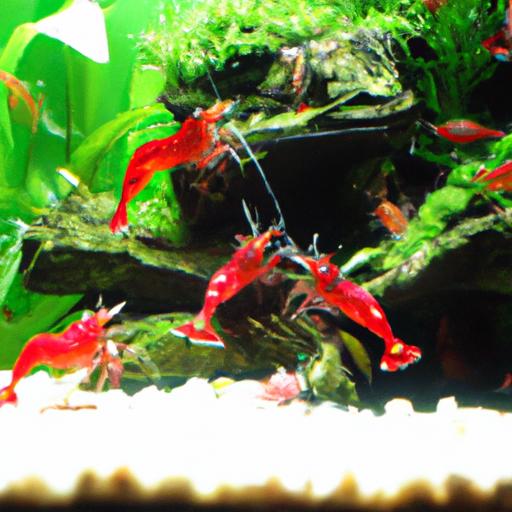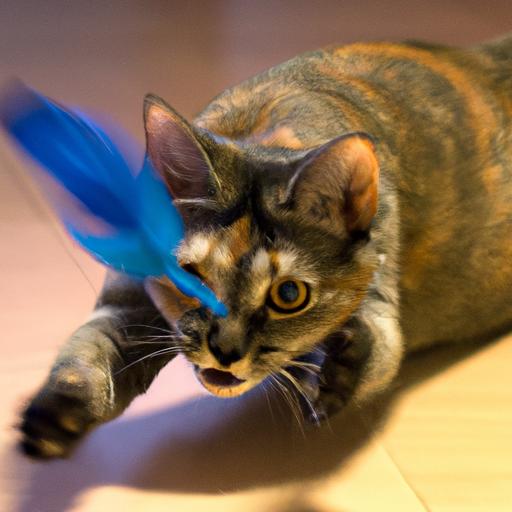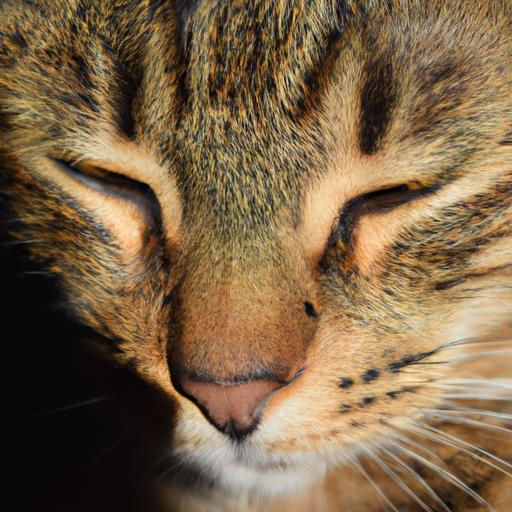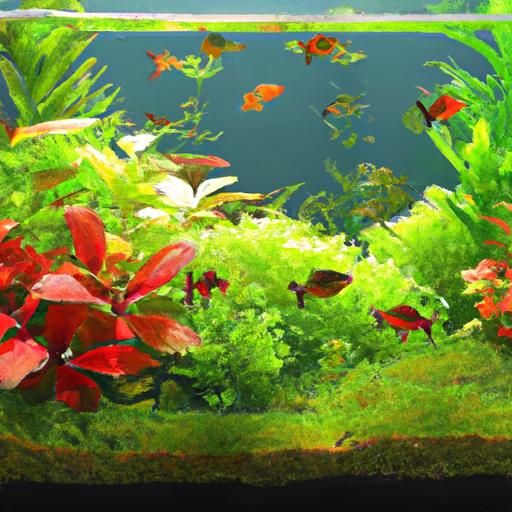
Best Practices for Growing Ludwigia Palustris in Your Aquarium
Discover the best practices for growing Ludwigia Palustris in your aquarium. Learn about lighting, water parameters, substrate, and nutrient supplementation.
Introduction
Are you a passionate aquarium enthusiast looking to add a touch of beauty to your underwater world? Ludwigia Palustris, commonly known as Marsh Seedbox, is a stunning aquatic plant that can elevate the aesthetic appeal of your aquarium. In this article, we will explore the best practices for growing Ludwigia Palustris, ensuring that it thrives in your aquatic haven. By implementing these techniques, you can create a vibrant and lush environment that will leave your friends and fellow hobbyists in awe.
Best Practices for Growing Ludwigia Palustris in Your Aquarium
Ludwigia Palustris has specific requirements to flourish and showcase its full potential. Let’s dive into the essential practices you should follow to ensure optimal growth:
1. Proper lighting requirements for Ludwigia Palustris
Providing adequate lighting is crucial for the healthy growth of Ludwigia Palustris. This plant thrives under moderate to high light intensity. Consider using LED lights specifically designed for aquariums as they provide a spectrum suitable for photosynthesis. Ensure that the lighting duration is consistent, mimicking natural sunlight patterns to maintain a healthy growth cycle.
2. Optimal water parameters for healthy growth
Maintaining the right water parameters is vital for the well-being of your Ludwigia Palustris. The ideal water temperature for this plant ranges from 72°F to 82°F (22°C to 28°C). It prefers a pH level between 6.0 and 7.5, and a water hardness of 3 to 8 dKH. Regular monitoring of these parameters, along with maintaining water quality through filtration, will create a favorable environment for Ludwigia Palustris to thrive.
3. Appropriate substrate and planting techniques
Choosing the right substrate is essential for Ludwigia Palustris to establish its roots and absorb nutrients efficiently. Opt for a nutrient-rich substrate such as aquarium soil or clay-based substrates. These substrates provide essential minerals and support healthy growth. When planting Ludwigia Palustris, ensure that the roots are buried gently into the substrate, avoiding any damage to the delicate stems and leaves.
4. Nutrient supplementation and fertilization methods
To ensure lush and vibrant growth, Ludwigia Palustris requires a nutrient-rich environment. Regular fertilization with liquid or substrate fertilizers specifically formulated for aquatic plants is highly recommended. These fertilizers provide essential macronutrients such as nitrogen, phosphorus, and potassium, along with trace elements. Consider supplementing with CO2 to enhance plant growth and prevent deficiencies.
FAQ (Frequently Asked Questions)
Q: What is the ideal temperature range for Ludwigia Palustris?
A: Ludwigia Palustris thrives in temperatures ranging from 72°F to 82°F (22°C to 28°C). Maintaining this temperature range will ensure optimal growth and prevent any stress-related damage.
Q: How frequently should I trim Ludwigia Palustris?
A: Regular trimming is necessary to promote healthy growth and prevent overcrowding in your aquarium. Trim the plant when it reaches a height that disrupts the balance of your aquatic environment. Pruning the top portion of the plant encourages lateral growth and creates a bushier appearance.
Q: Can Ludwigia Palustris be grown in low-tech aquarium setups?
A: Absolutely! Ludwigia Palustris is a versatile plant that can adapt to a range of aquarium setups, including low-tech environments. While it may grow at a slower pace in low-tech setups, it can still thrive given the right conditions, such as proper lighting and nutrient supplementation.
Q: Are there any natural predators or diseases that affect Ludwigia Palustris?
A: Ludwigia Palustris is generally a hardy plant and not prone to diseases. However, it can be susceptible to algae growth if the aquarium conditions are not properly maintained. Regular water changes, proper filtration, and maintaining optimal nutrient levels will help prevent any potential issues.
Conclusion
With its vibrant colors and graceful foliage, Ludwigia Palustris is a captivating addition to any aquarium. By following the best practices outlined in this article, you can ensure that this aquatic plant thrives in your aquatic paradise. Remember to provide adequate lighting, maintain optimal water parameters, choose the right substrate, and provide proper nutrient supplementation. By implementing these practices, you will create an environment that showcases the full beauty of Ludwigia Palustris. So, go ahead and transform your aquarium into a breathtaking underwater oasis!
